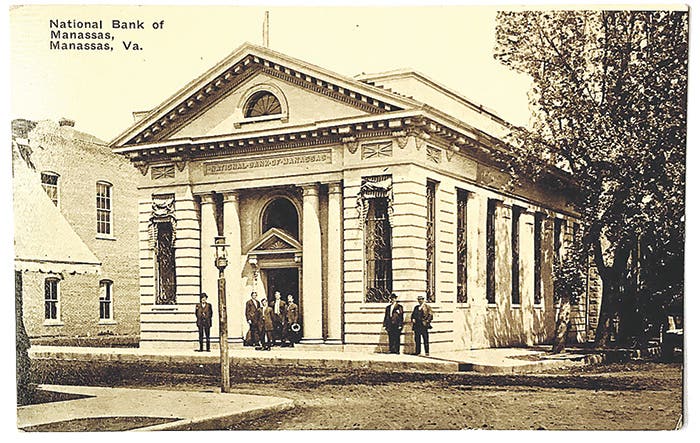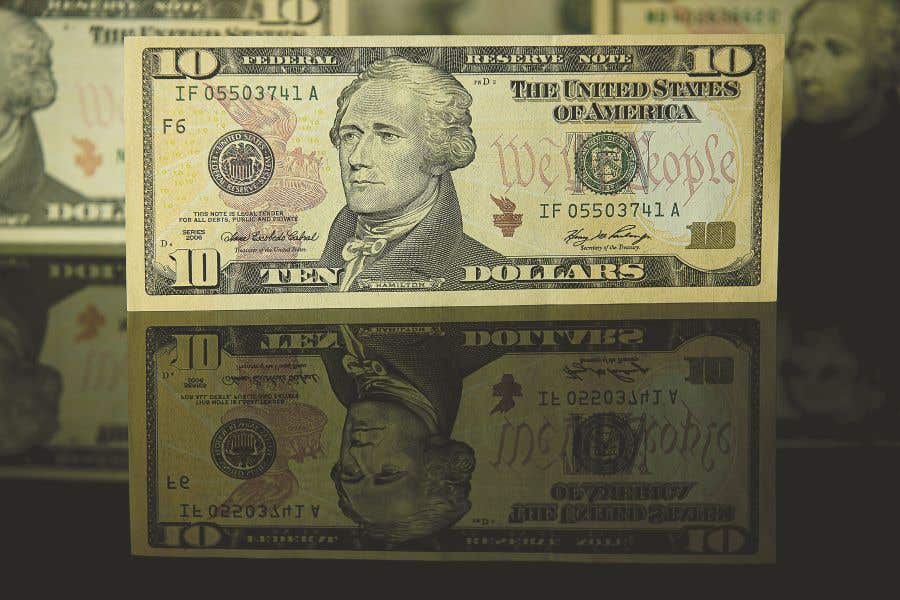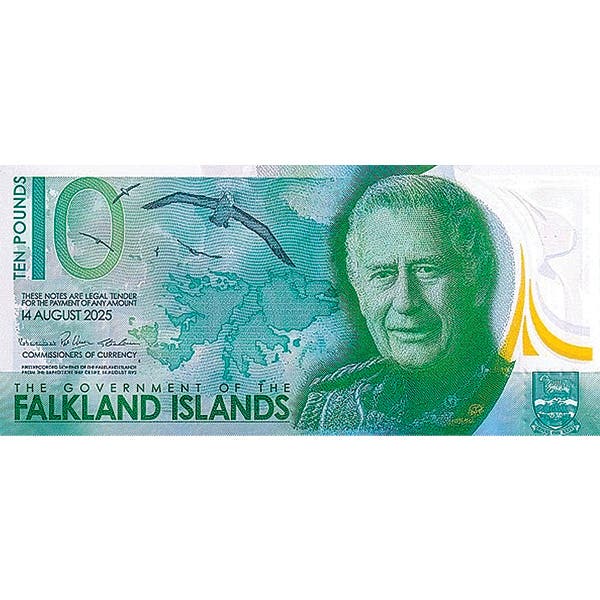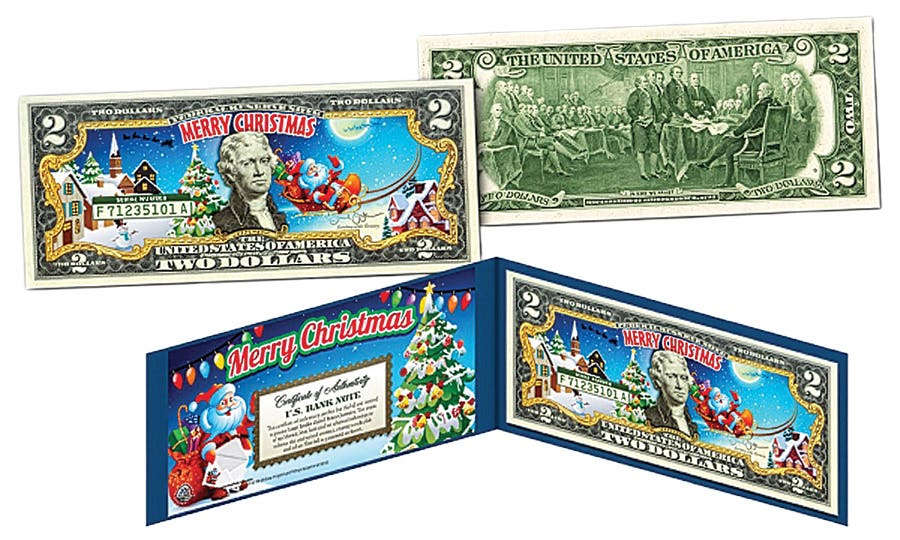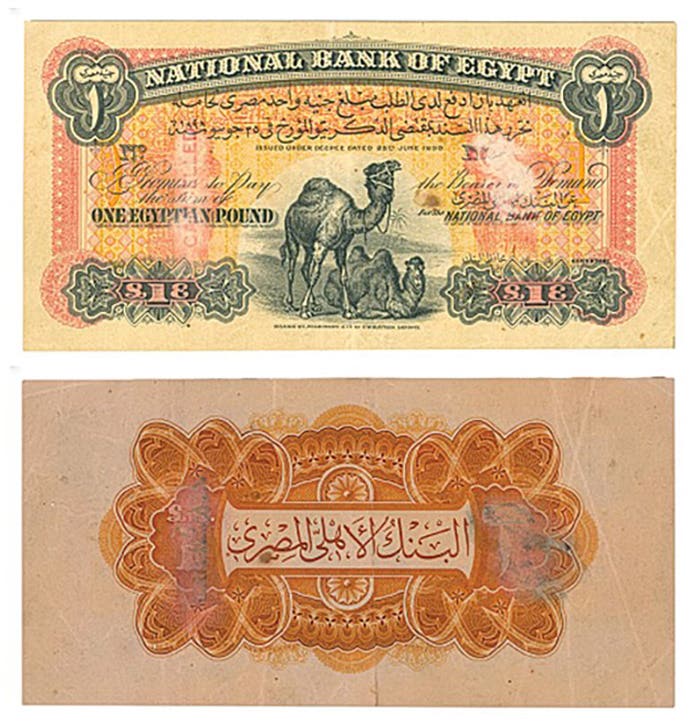Deadwood No. 1 $10 among ANA lots
Harking back to the Old West, and the days of Calamity Jane and Wild Bill Hickok, a $10 note described by the cataloger as of the calibre “that [it] would…
Harking back to the Old West, and the days of Calamity Jane and Wild Bill Hickok, a $10 note described by the cataloger as of the calibre “that [it] would sell itself, with simply a picture…” will be offered by Stack’s Bowers as part of its Official United States U.S. Currency Auction at the ANA’s World’s Fair of Money. The sale is slated for Aug. 2 at the Colorado Convention Center in Denver.
The Series 1882 serial No. 1 Deadwood, S.D. $10 Brown Back, Fr. 487, on The American National Bank of Deadwood, charter 4983, is graded PCGS Very Fine 30PPQ.
It’s estimated to bring $60,000 to $80,000.
The auction company said of the note’s provenance, “It came to us from a Pennsylvania estate with a group of other lightly circulated but nondescript large size notes. One can only assume that decades ago a collector was at the right place at the right time when this Western trophy made its way out of a banking family’s holdings.”
Speculation is that it may have been saved by the bank’s cashier, Ben Baer, or its president, Harris Franklin.
“Deadwood has a well-documented and colorful history,” the cataloger wrote. “Thanks to former residents like Wyatt Earp, Wild Bill Hickok, and Seth Bullock, among others, the town ranks in terms of national recognition with cities like Tombstone and Dodge City for its Old West lore. And unlike Dodge City, for which notes don’t exist from its glory days, or for Tombstone, where nationals were not issued until the 20th century, banknotes from 19th century Deadwood, while few and far between, are out there.”
Of all Deadwood banks combined, Stack’s Bowers estimates about a dozen notes are known with an issue date before 1900. This note is the second to be documented from The American National Bank of Deadwood. Being from the first sheet, its release date would have been 1894, the same year as the charter date. The other known note on the bank was from the same sheet and listed without a grade. “It is included in the census with a different plate letter. While slight, that is the only piece of evidence to suggest that it is not the same note here.”
The American National Bank closed in 1905 after issuing 2,905 sheets of $10 and $20 Brown Backs.
Other top lots in the Stack’s Bowers ANA auction include a “fully original” 1928 Atlanta $5,000 Federal Reserve Note, Fr. 2220-F, in PCGS Very Fine 30PPQ. It is estimated at $125,000 to $175,000. “The 1928 series notes are vastly more scarce than their 1934 counterparts. PCGS has graded a scant six pieces for the catalog number. It lands as the second finest on the PCGS population report, the finest a 45PPQ.”
A 1918 $1,000 Boston Federal Reserve Note, Fr. 1133-A, in PCGS Extremely Fine 40PPQ will cross the block. This newly discovered example is “just the fifth known note for the catalog number and is the finest of that limited group” and is thought to be worth between $80,000 and $100,000.
For Confederate note collectors, the auction features The Cleo Collection, described as “a complete type collection of Confederate treasury notes of incredible quality.”
Additional notes of interest include:
• 1902 $10 Red Seal, The First National Bank of Bellingham, Wash., Fr. 613, charter 7372, PCGS Extremely Fine 45PPQ, $40,000 to $60,000.
• T-1 1861 Confederate $1,000, PMG Extremely Fine 40 Net Repaired, $30,000 to $50,000.
• 1875 $100 Legal Tender Note, PMG Very Fine 25 Net Repaired, Minor Rust, Fr. 169, $32,500 to $42,500.
• 1923 $10 Legal Tender “Poker Chip,” Fr. 123, PCGS Superb Gem New 67PPQ, $30,000 to $40,000.
• 1886 $5 Silver Certificate, Fr. 263, PCGS Gem New 66PPQ, $30,000 to $40,000.
For additional information, visit www.stacksbowers.com.
This article was originally printed in Bank Note Reporter. >> Subscribe today.
More Collecting Resources
• Order the Standard Catalog of World Paper Money, General Issues to learn about circulating paper money from 14th century China to the mid 20th century.
• When it comes to specialized world paper money issues, nothing can top the Standard Catalog of World Paper Money, Specialized Issues .





